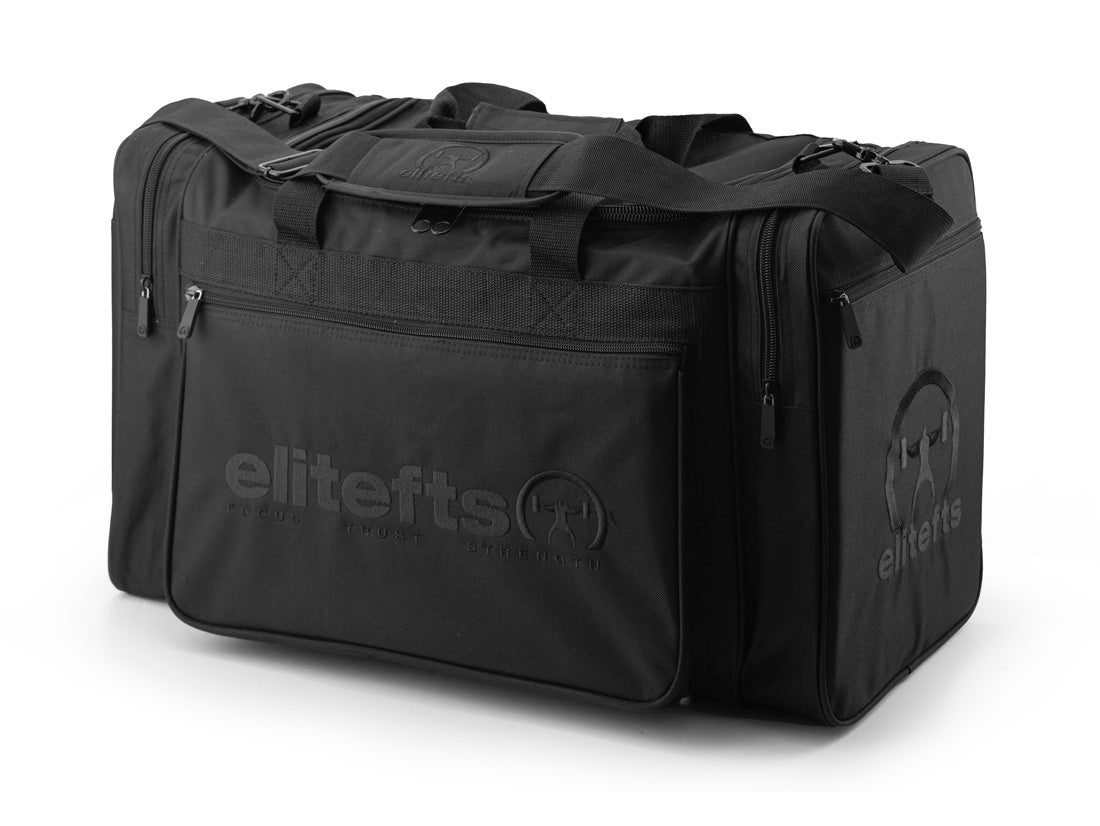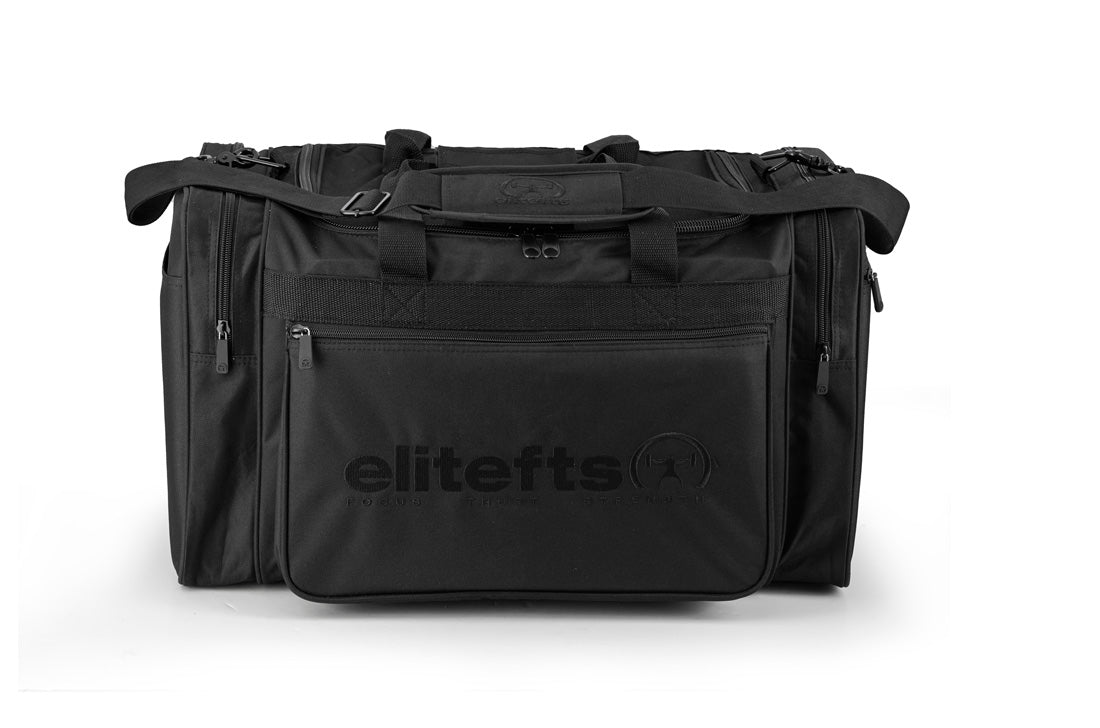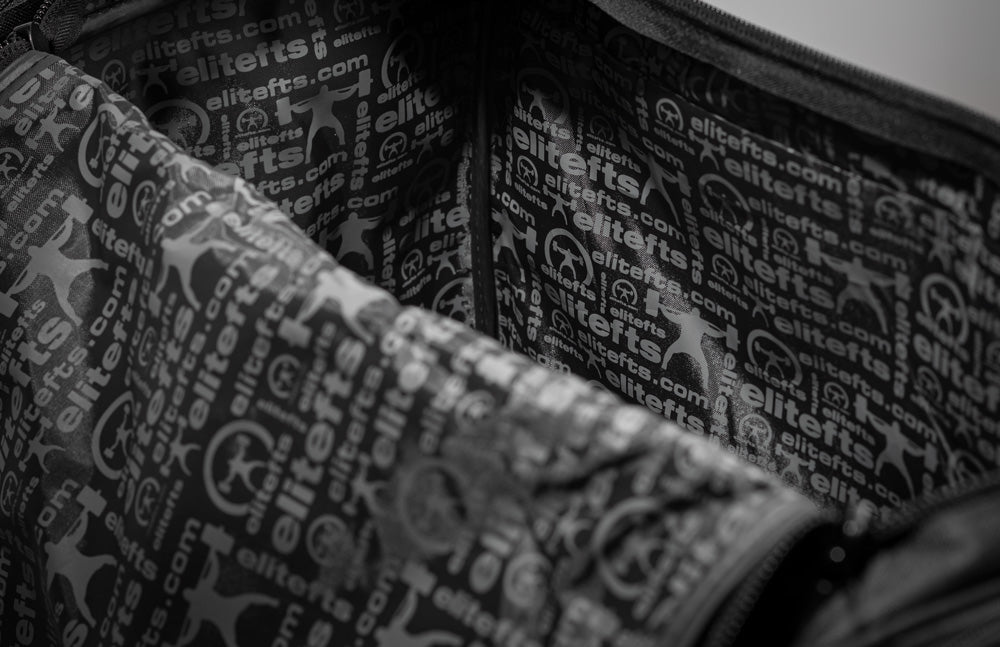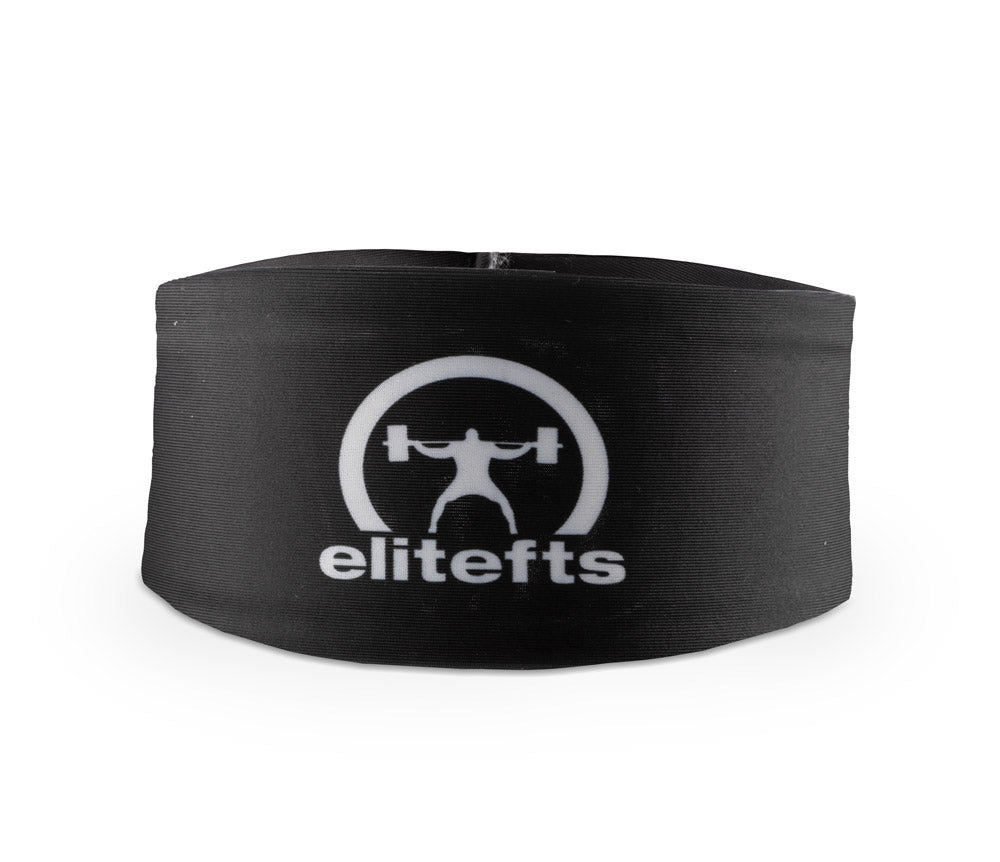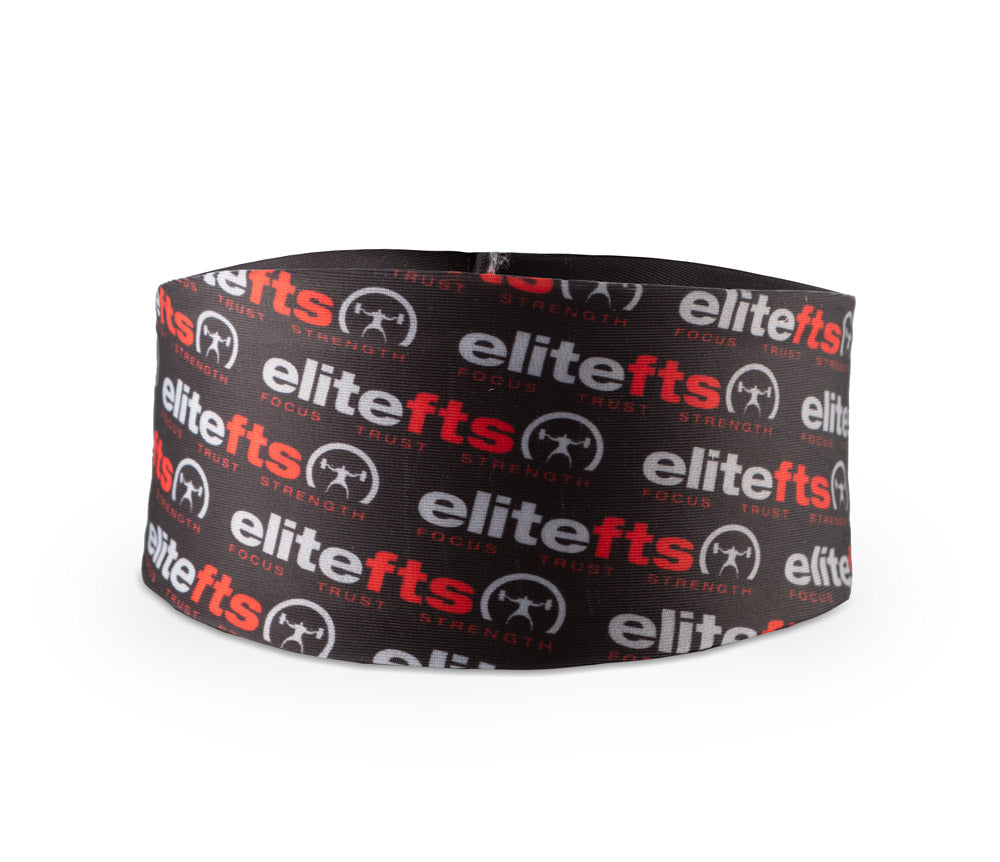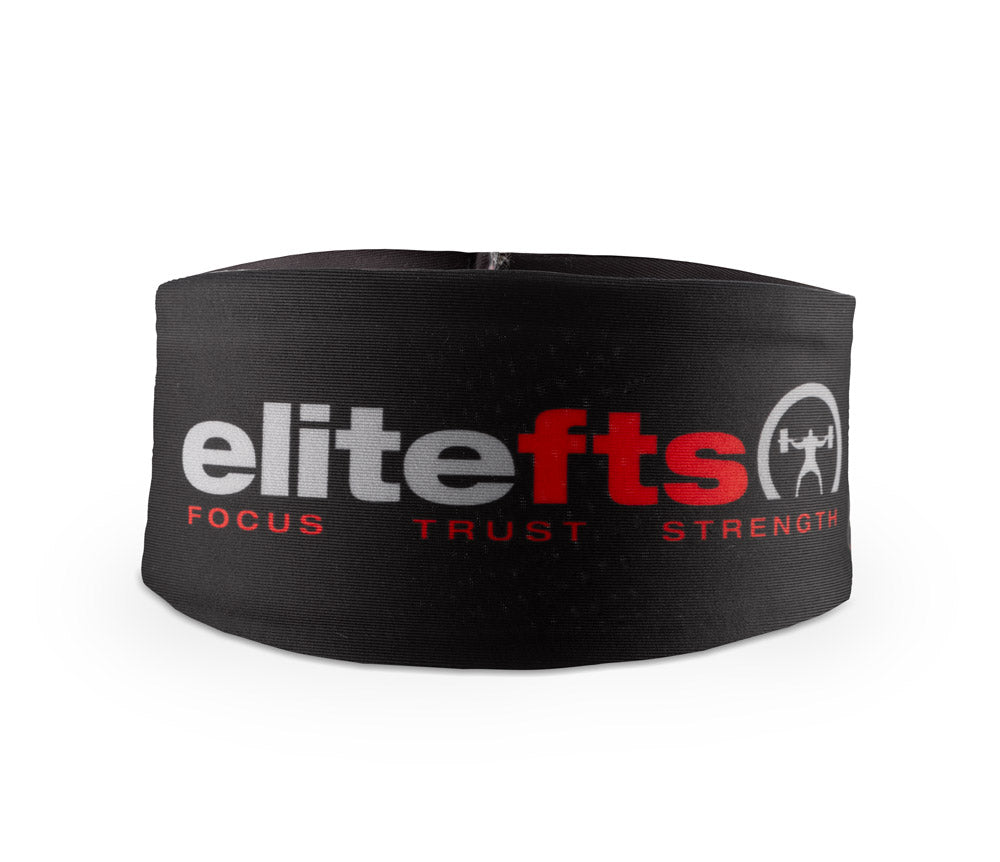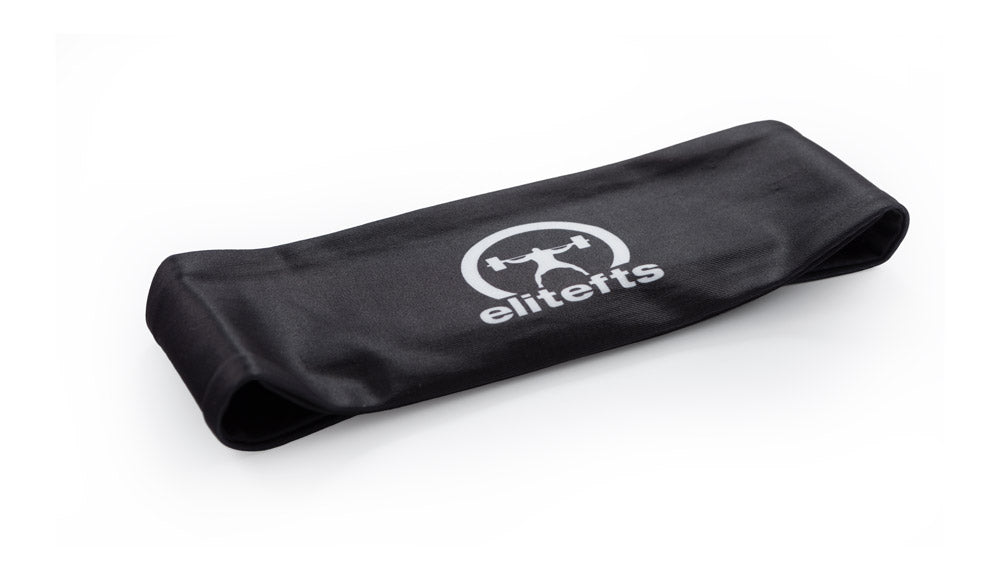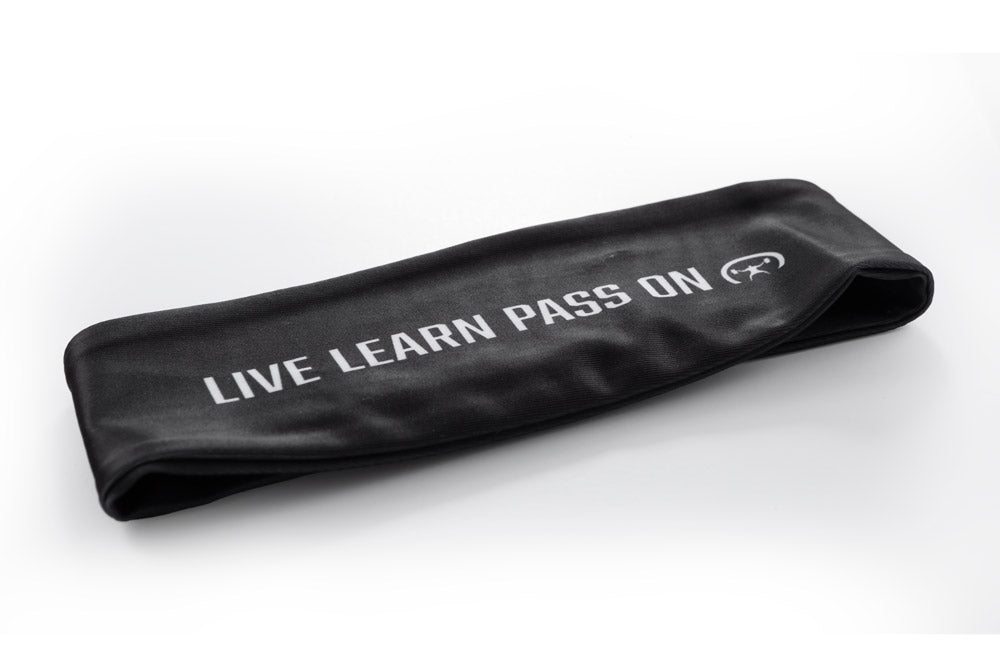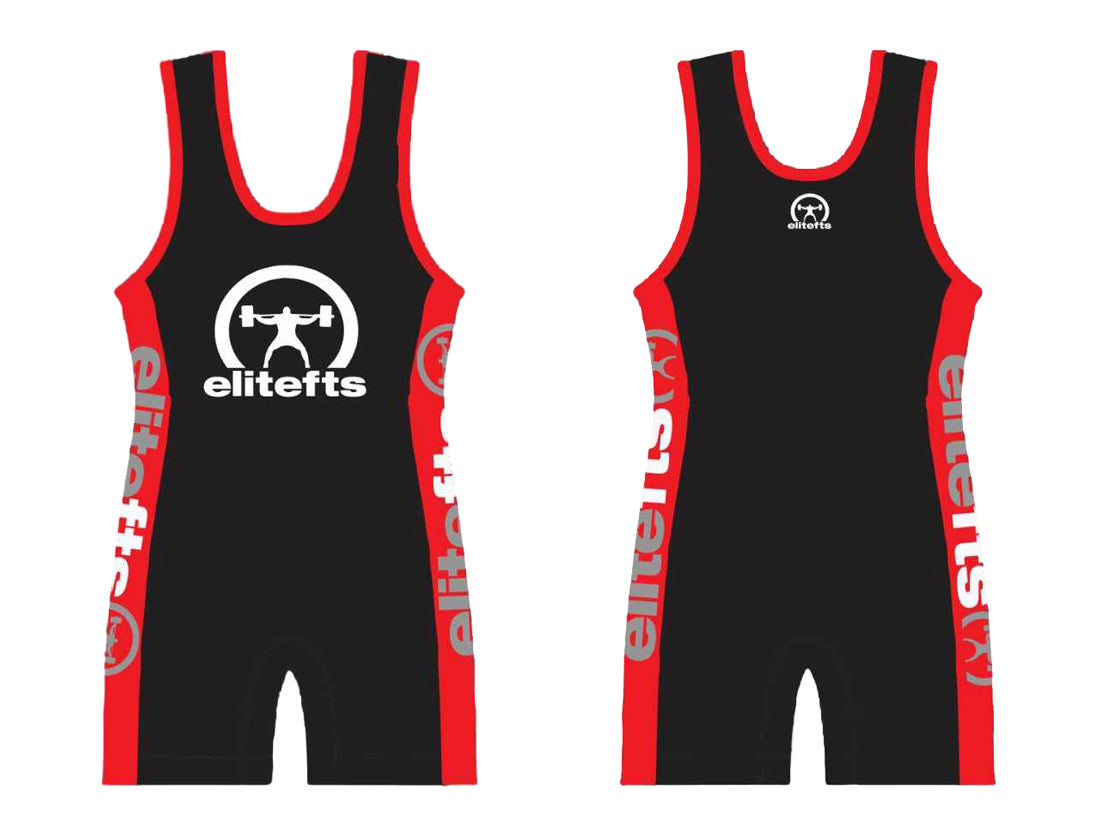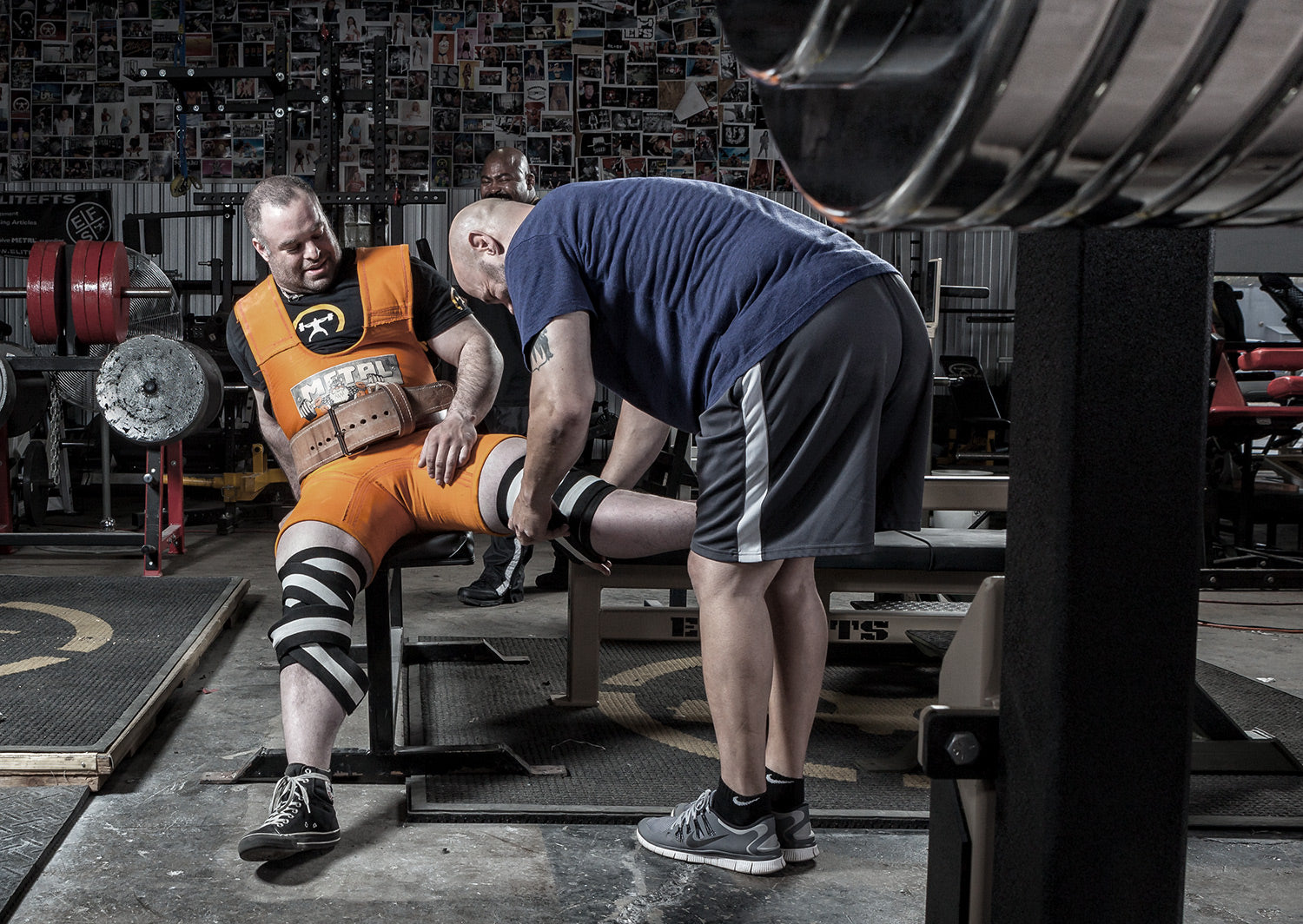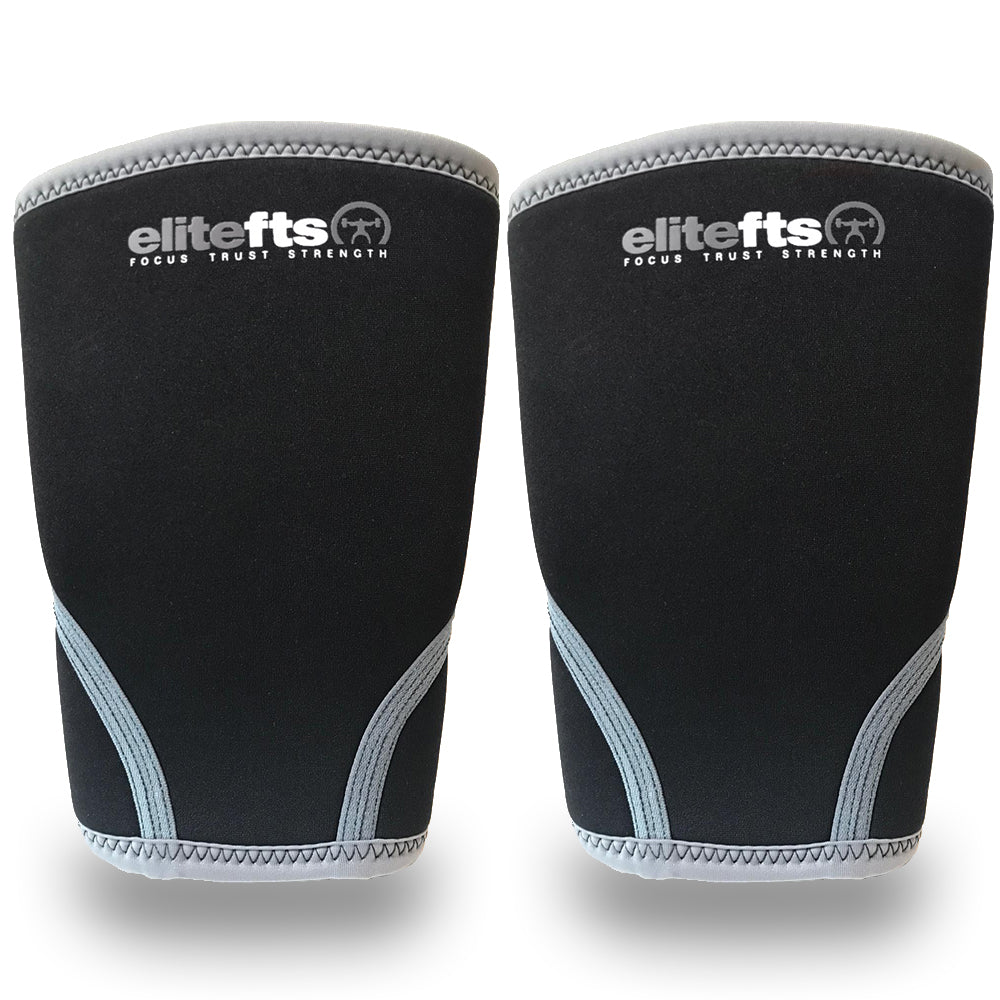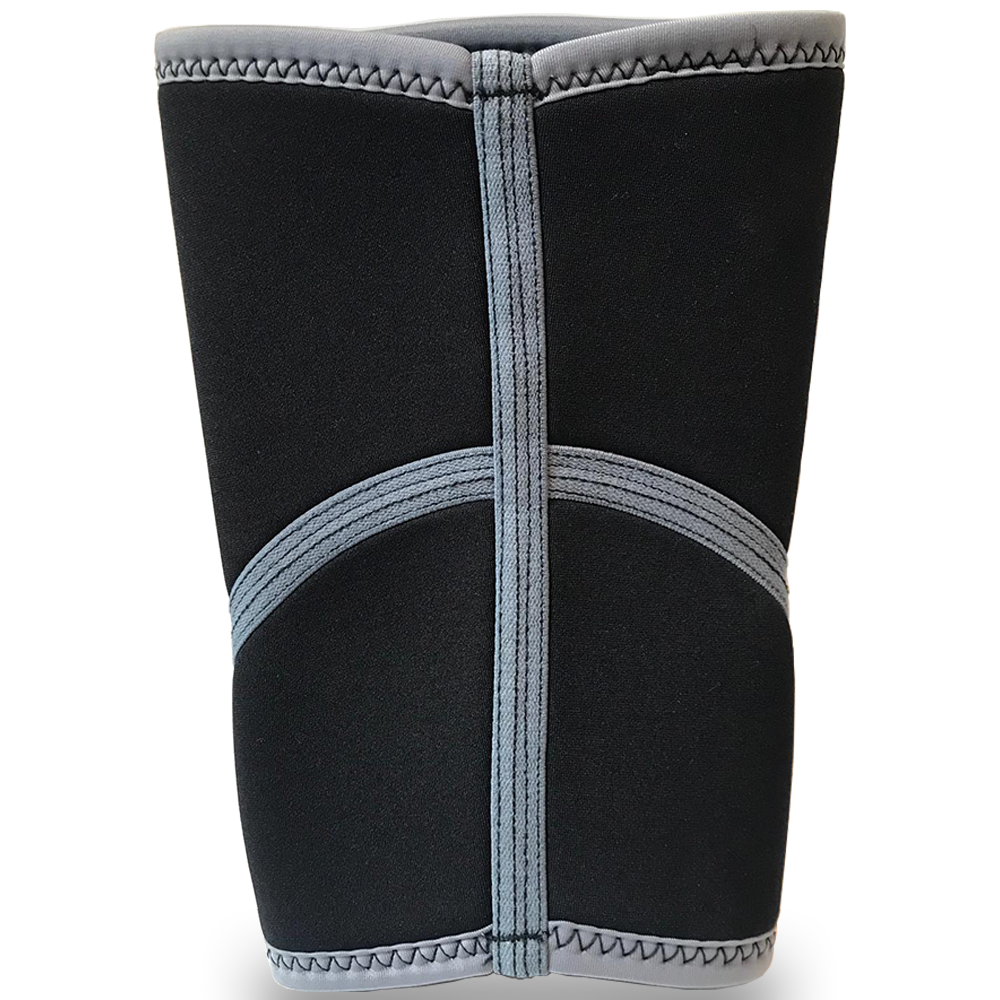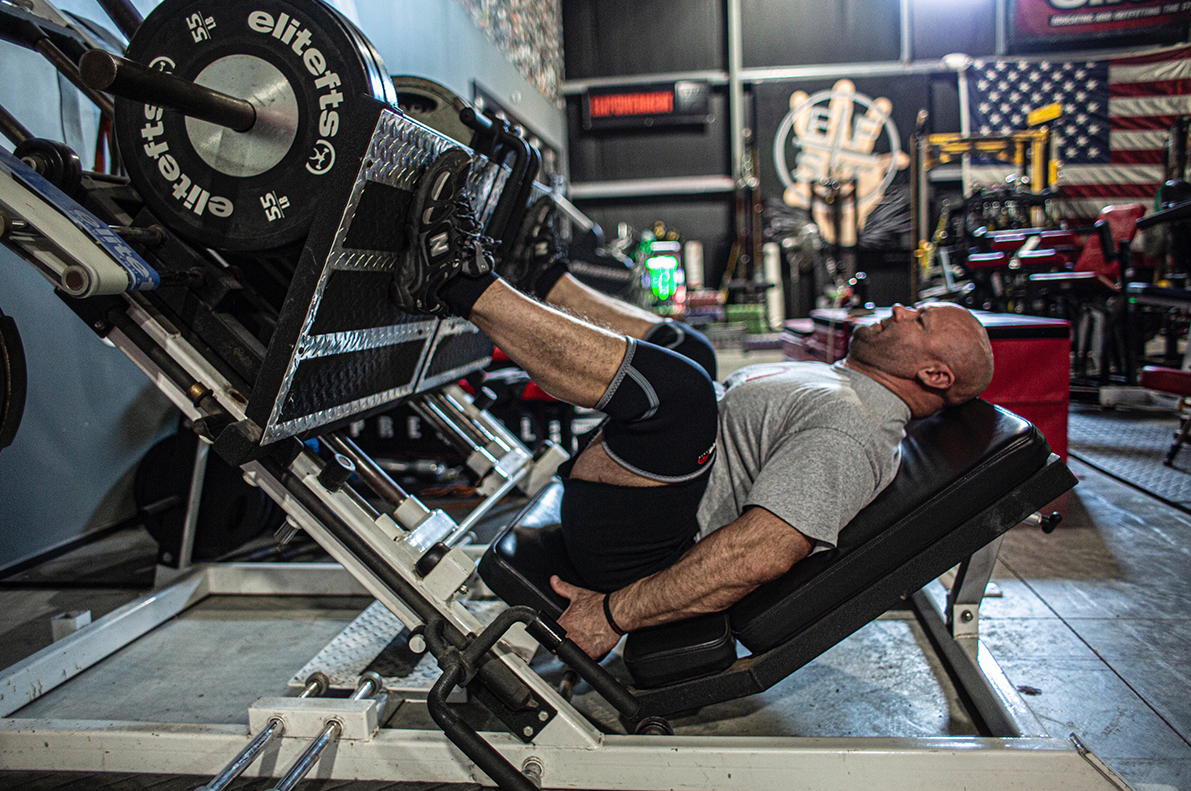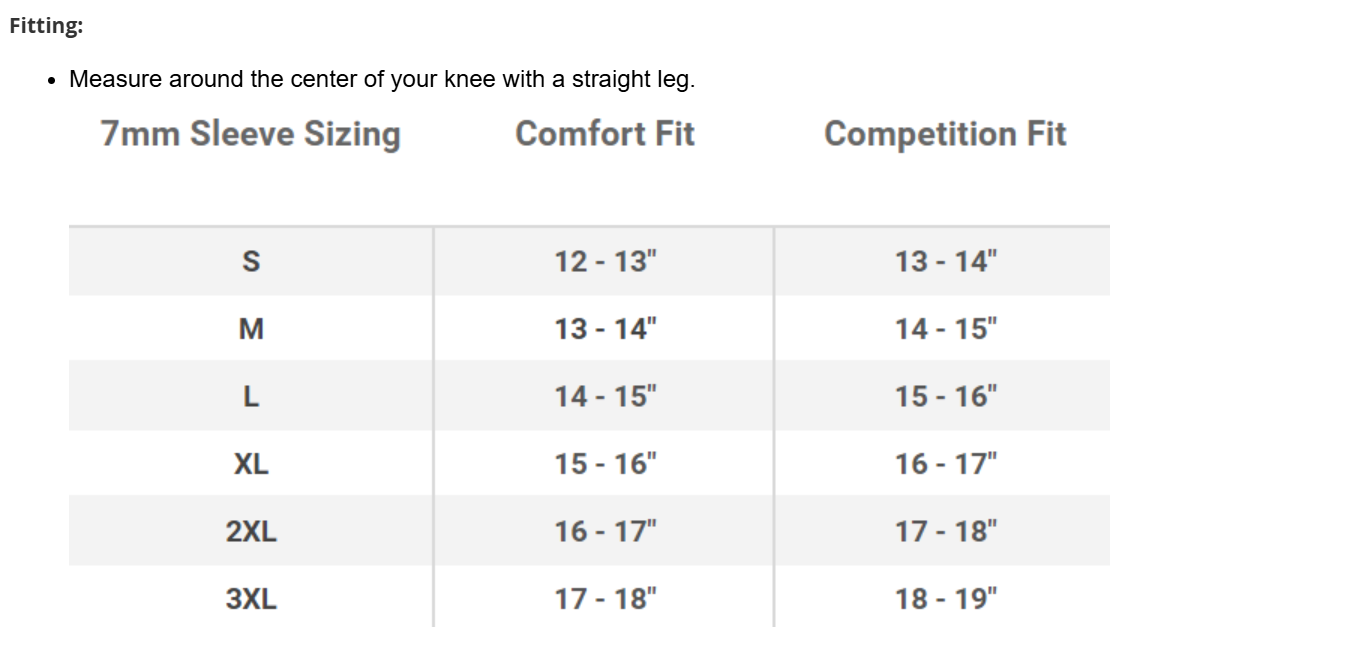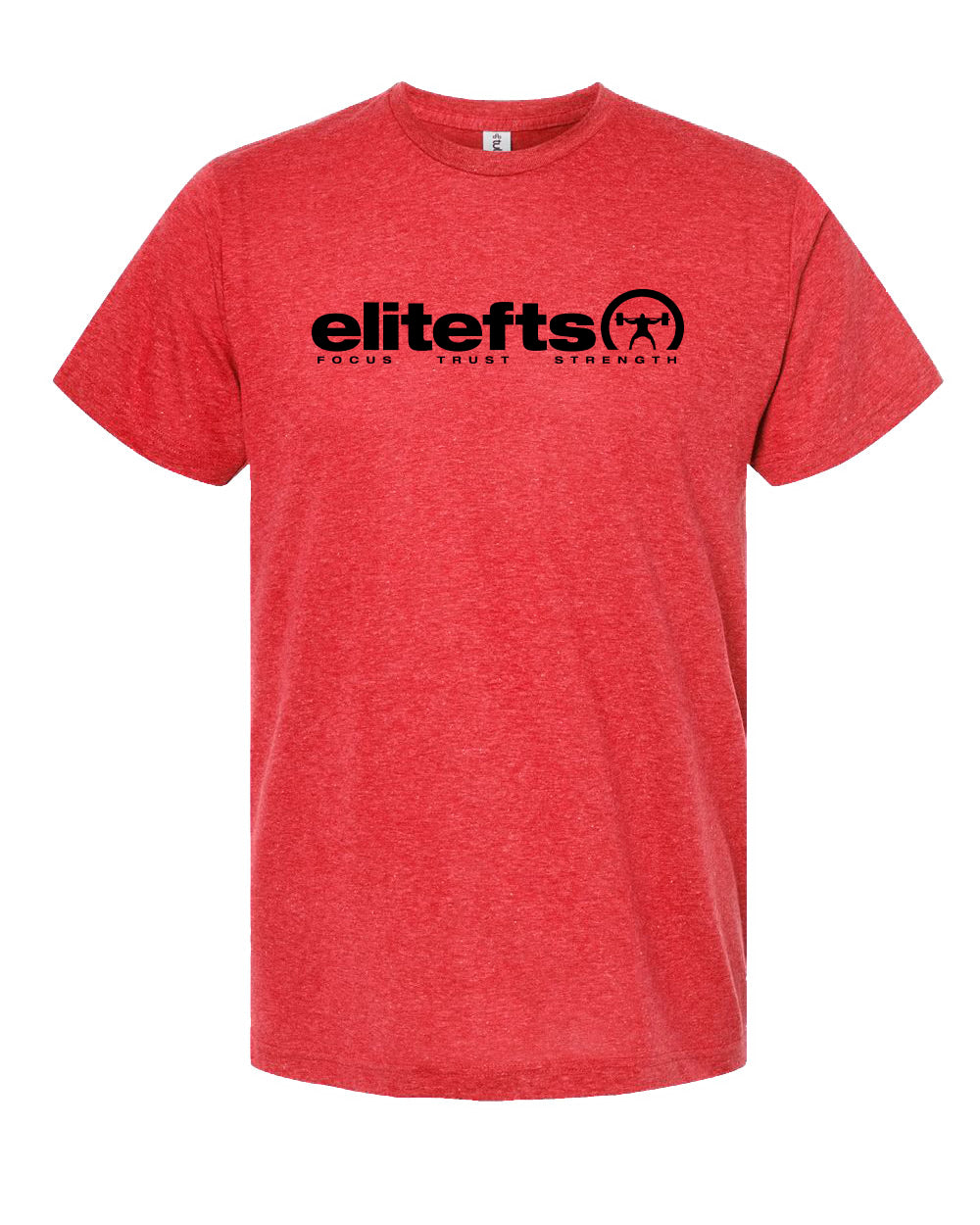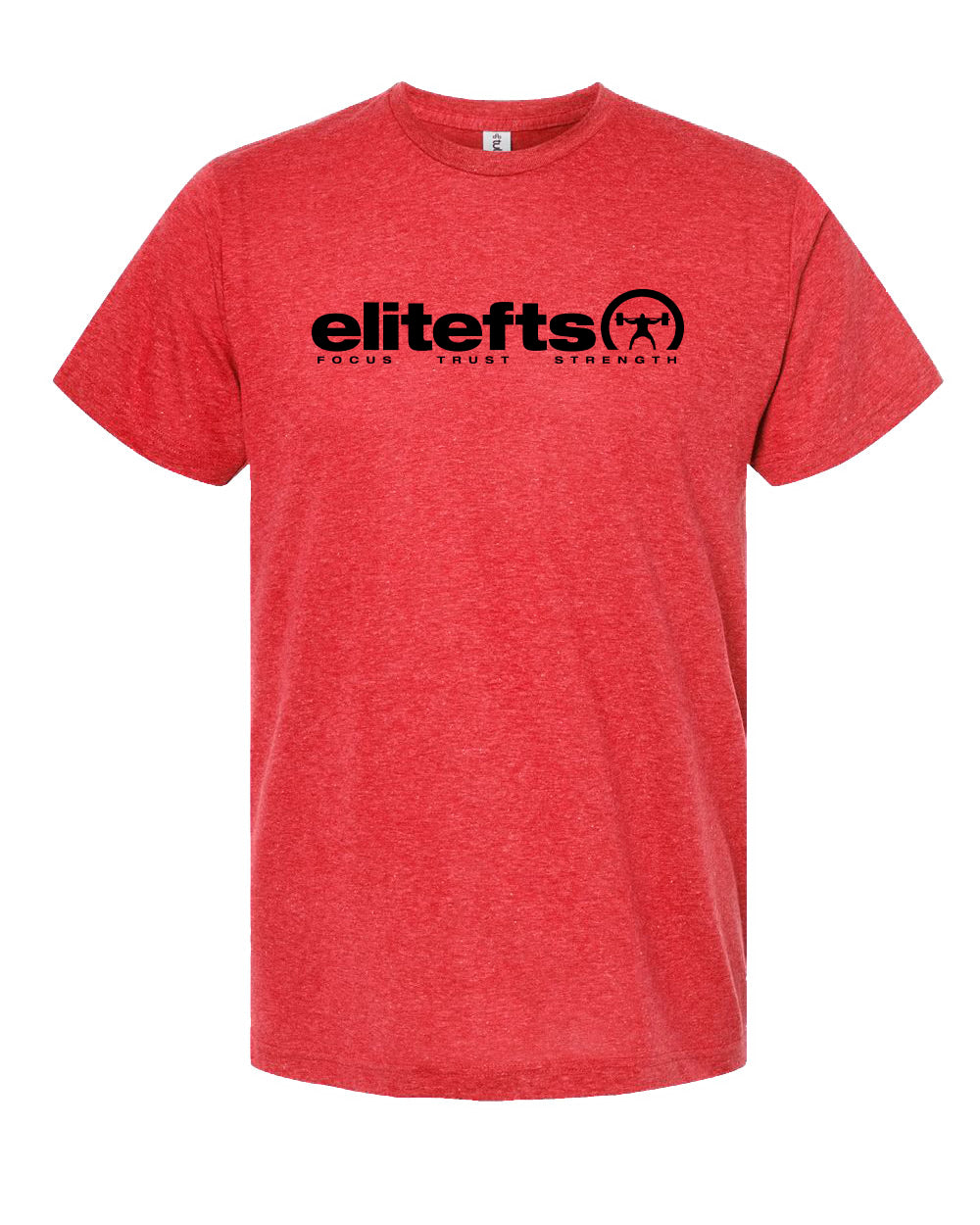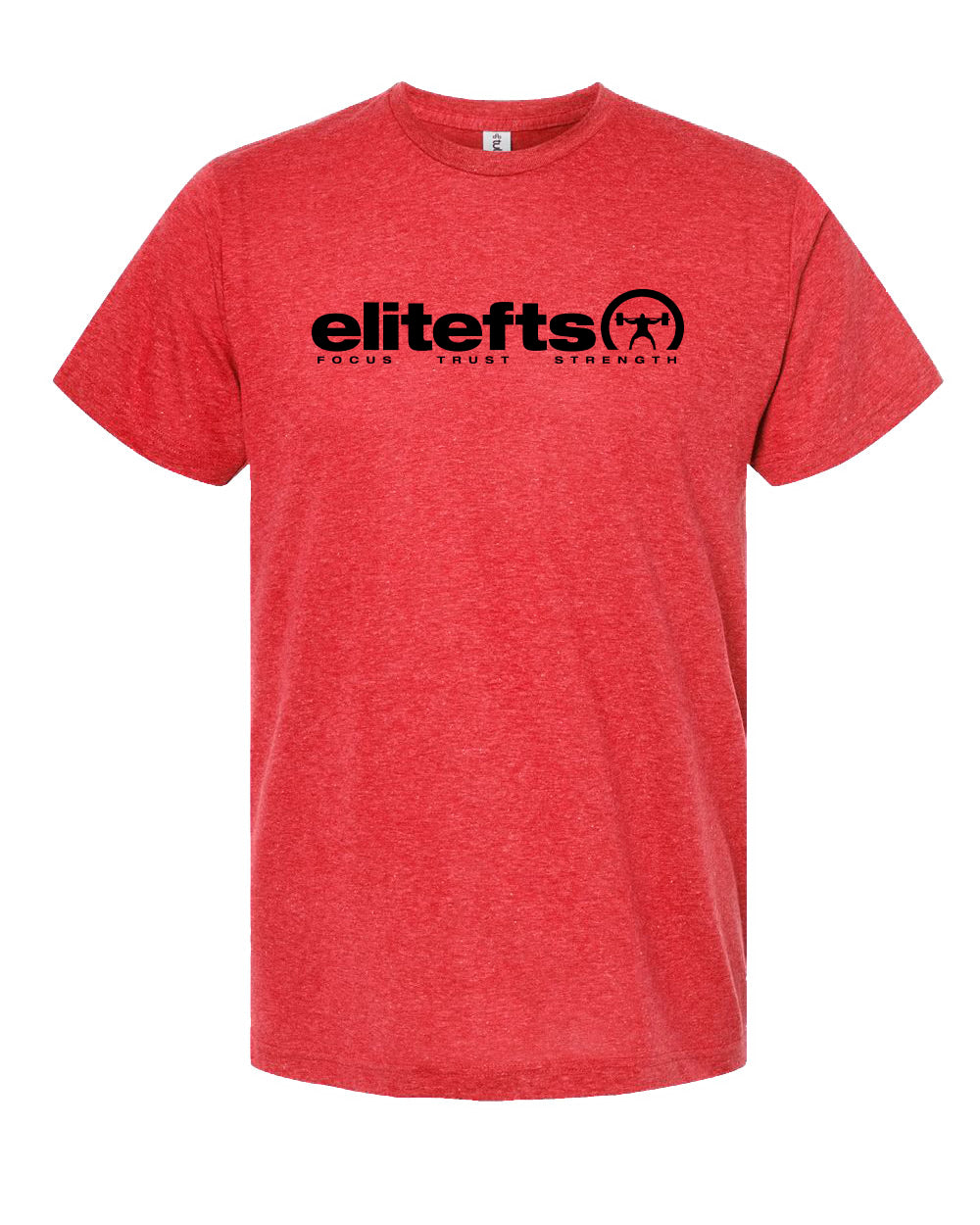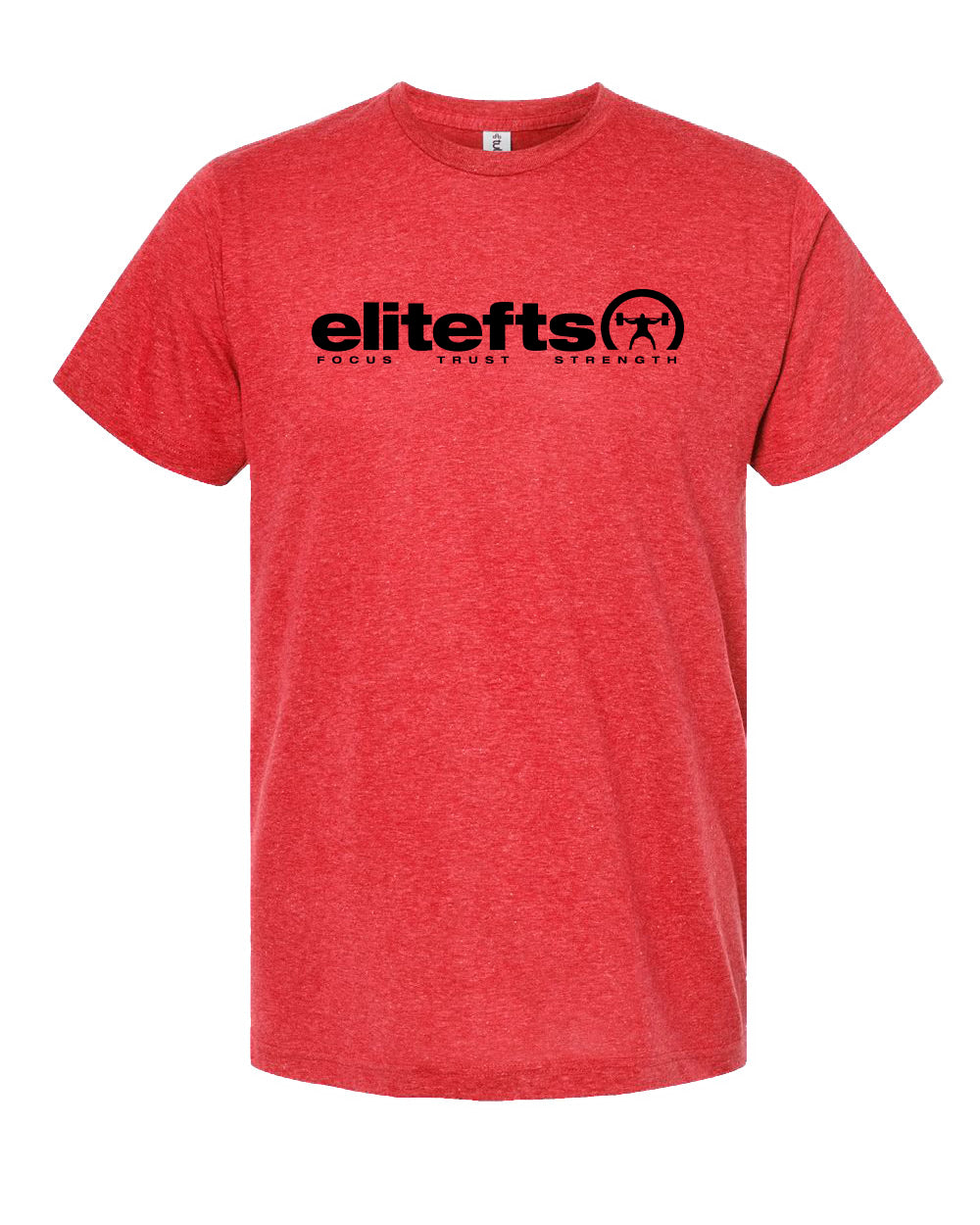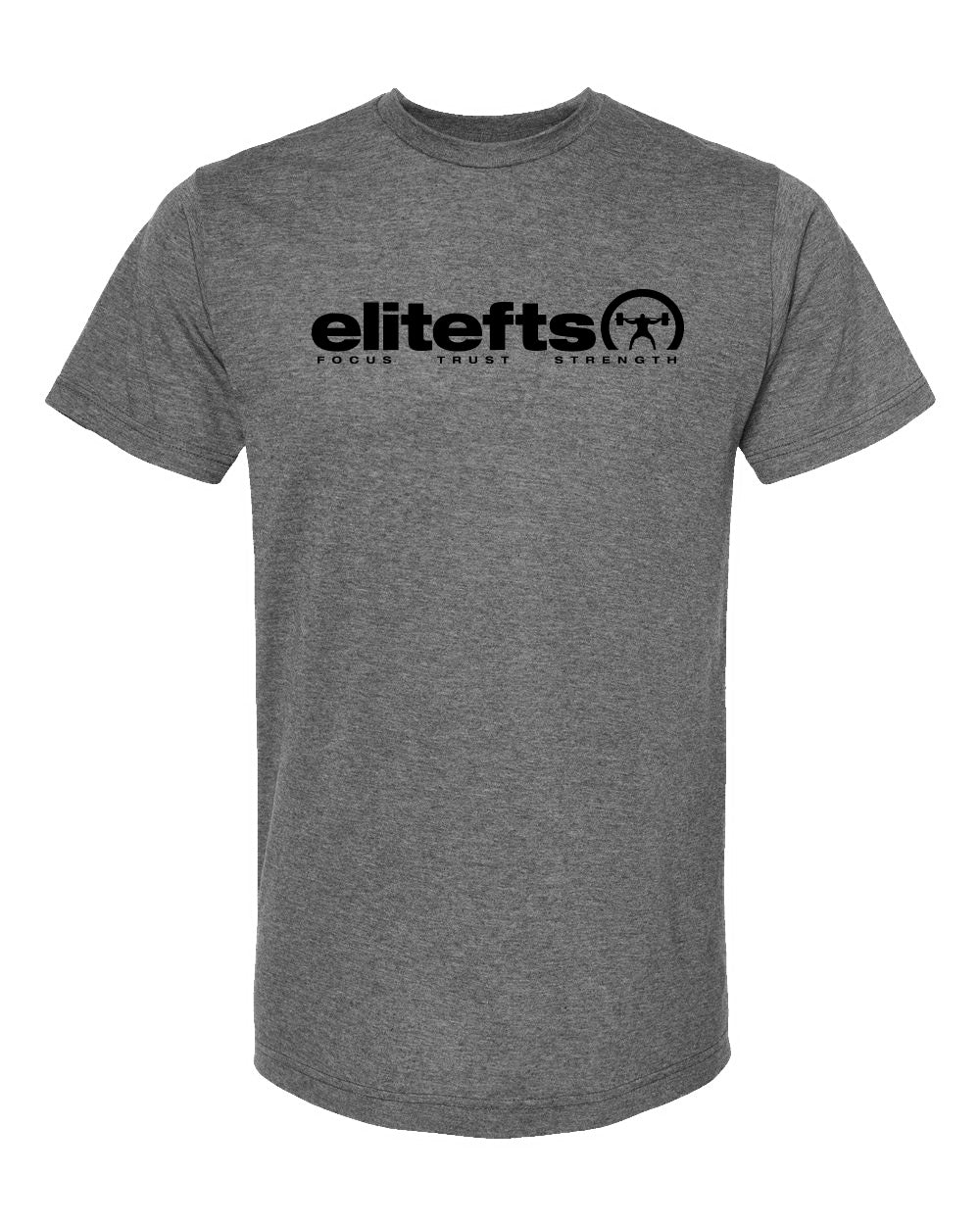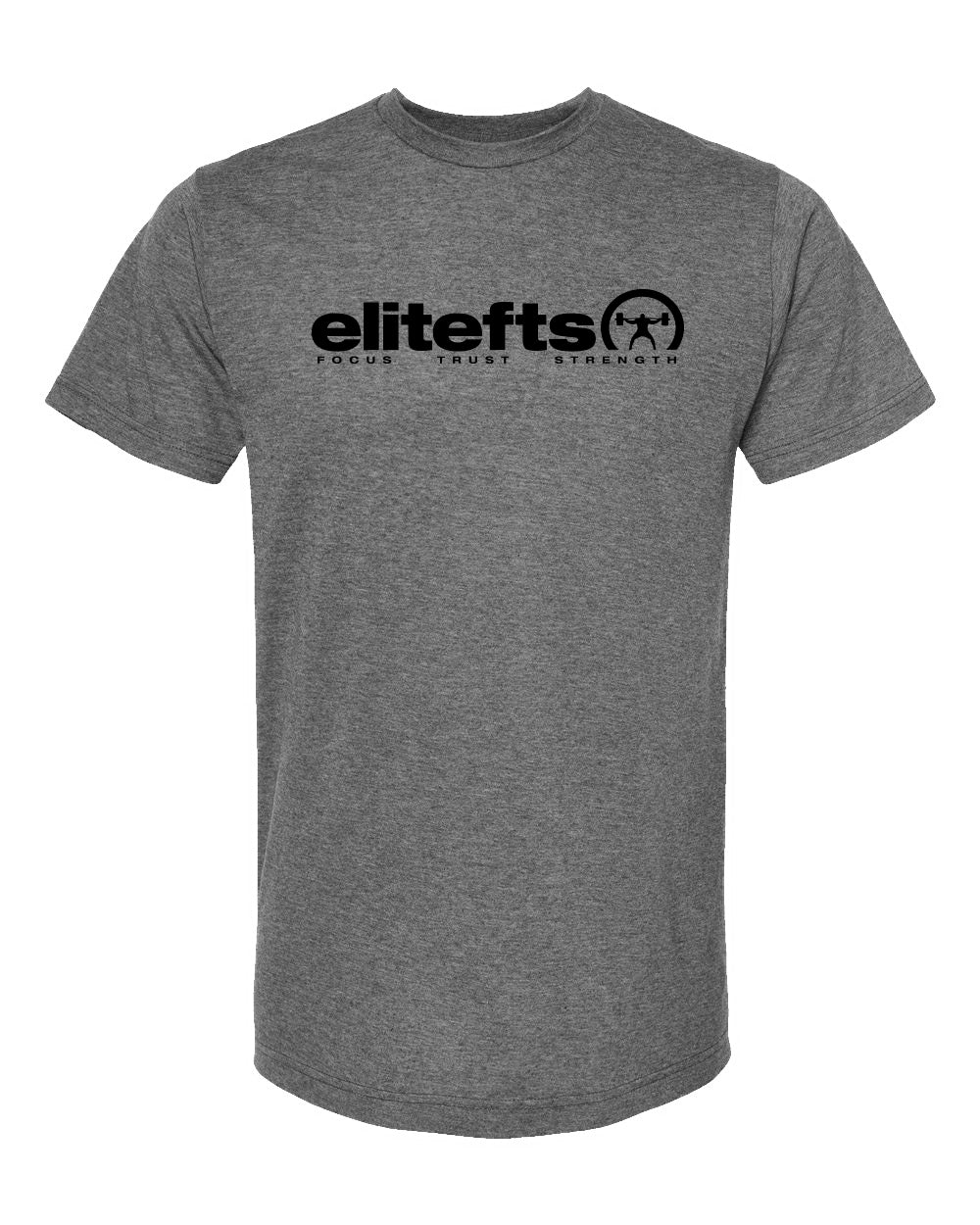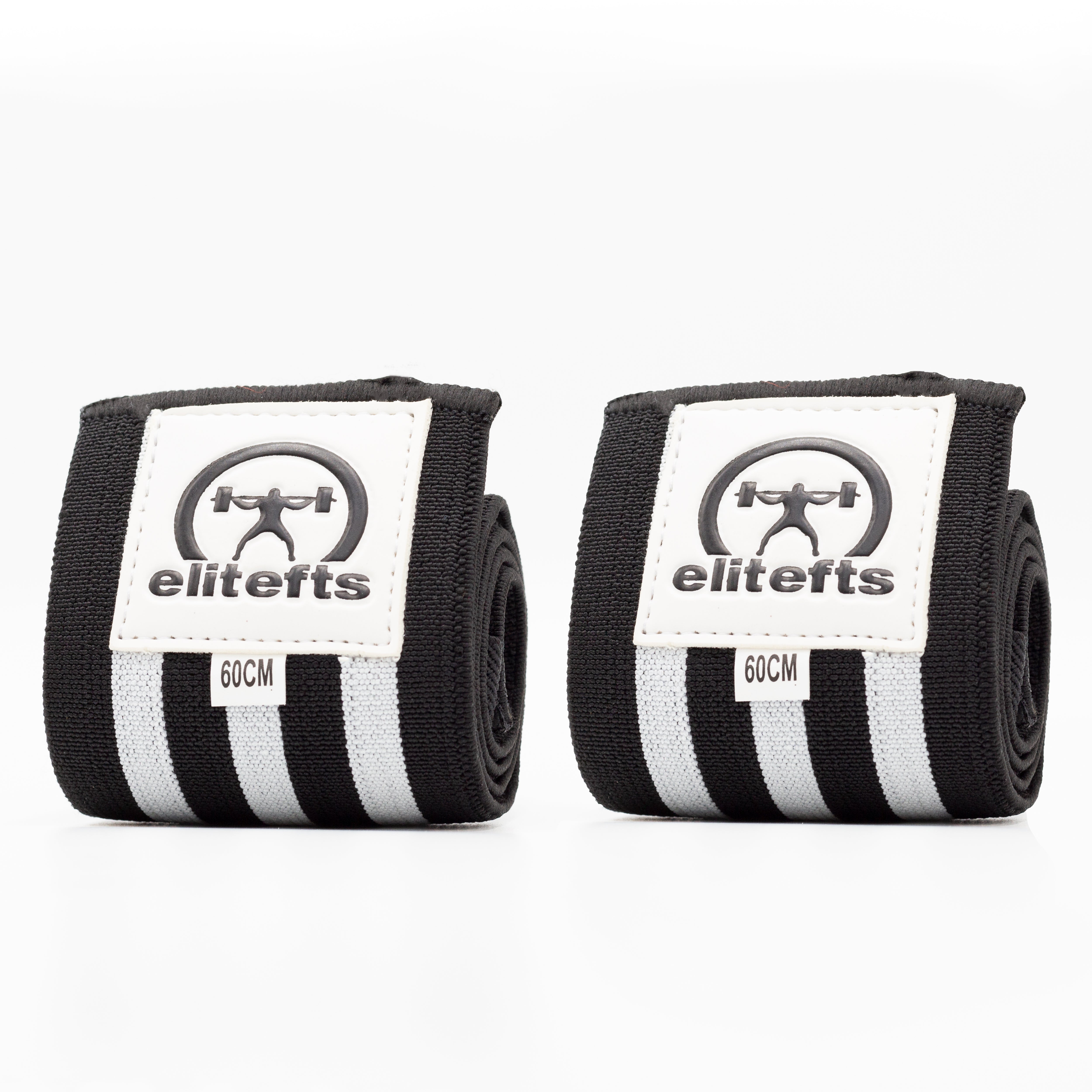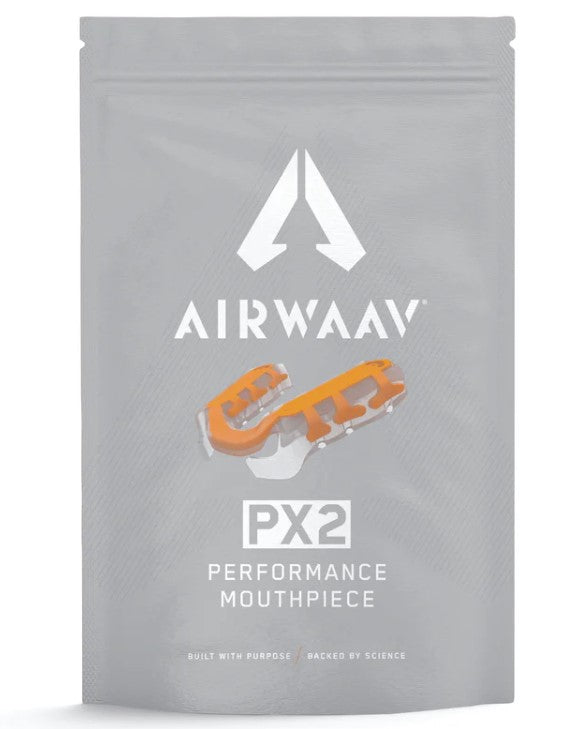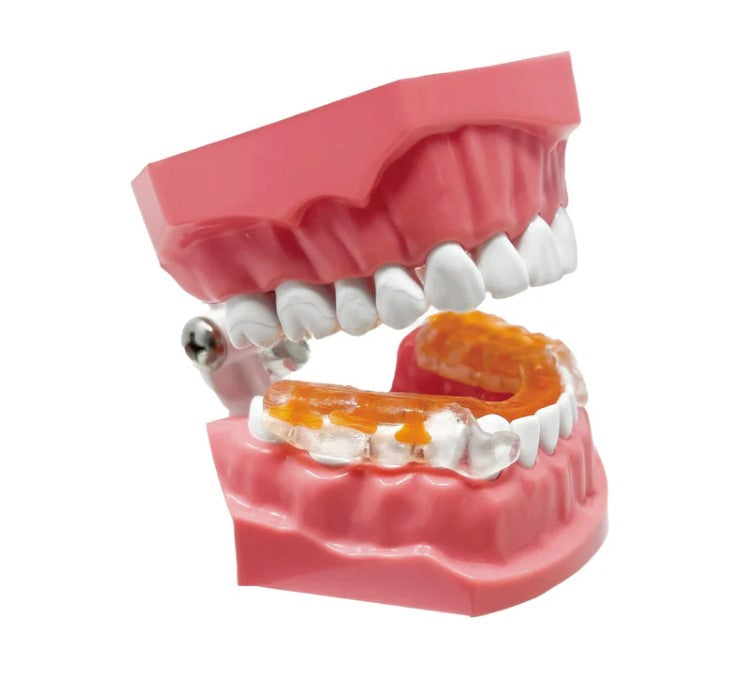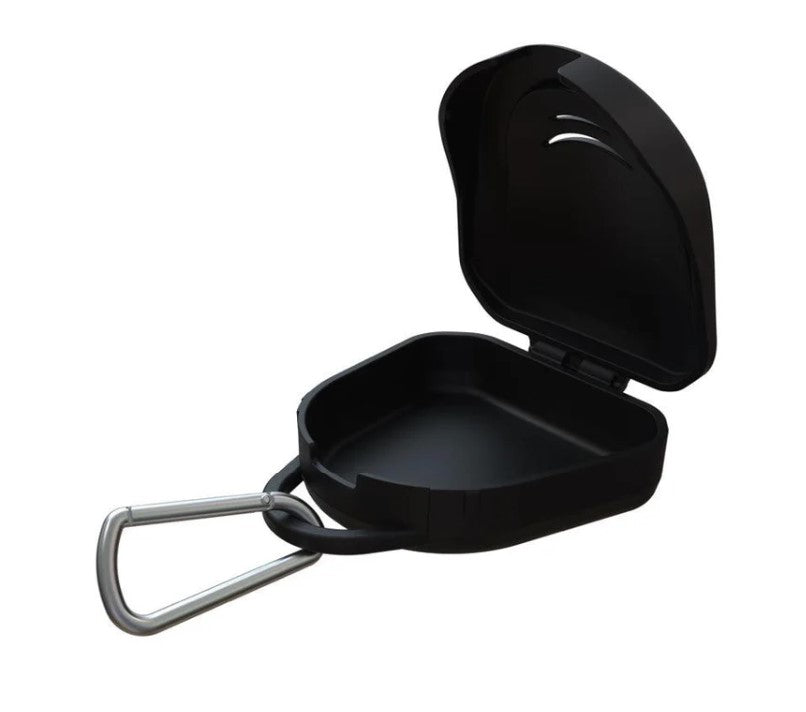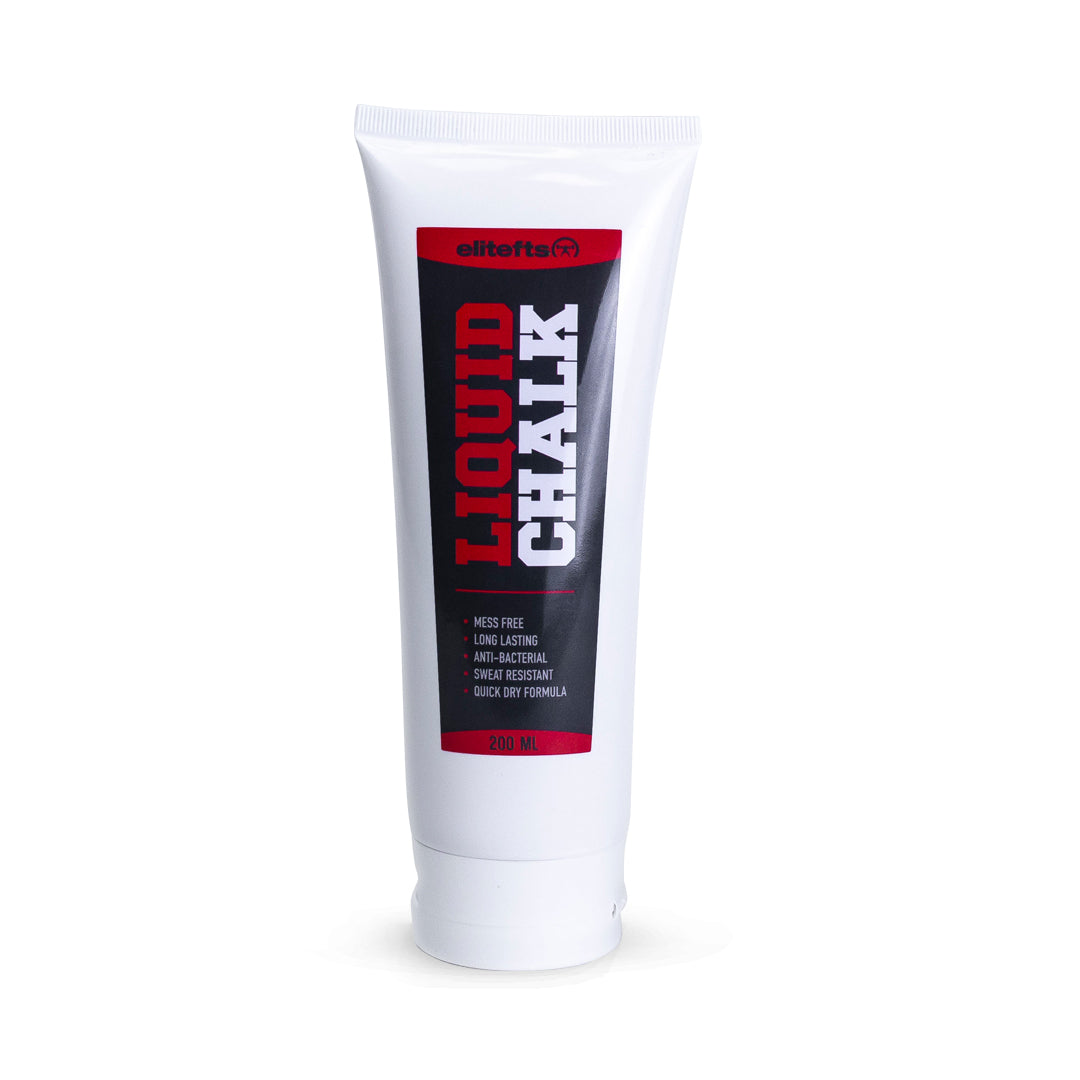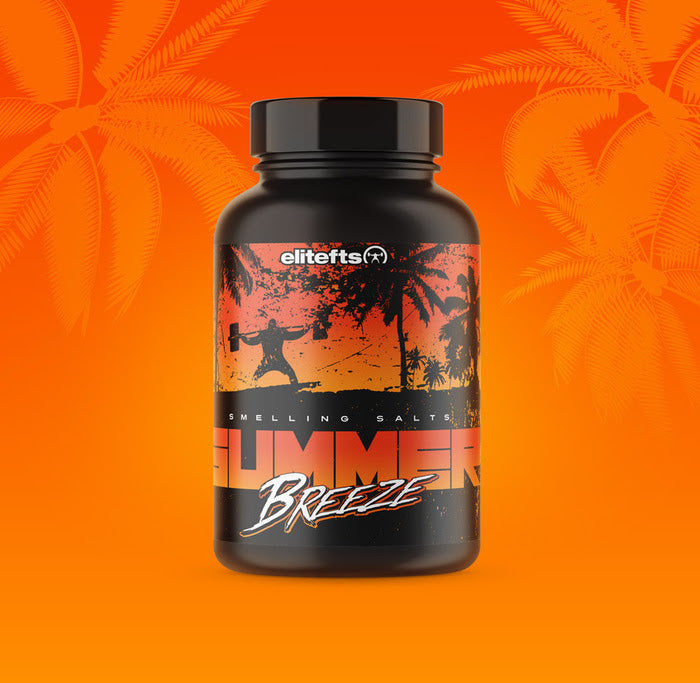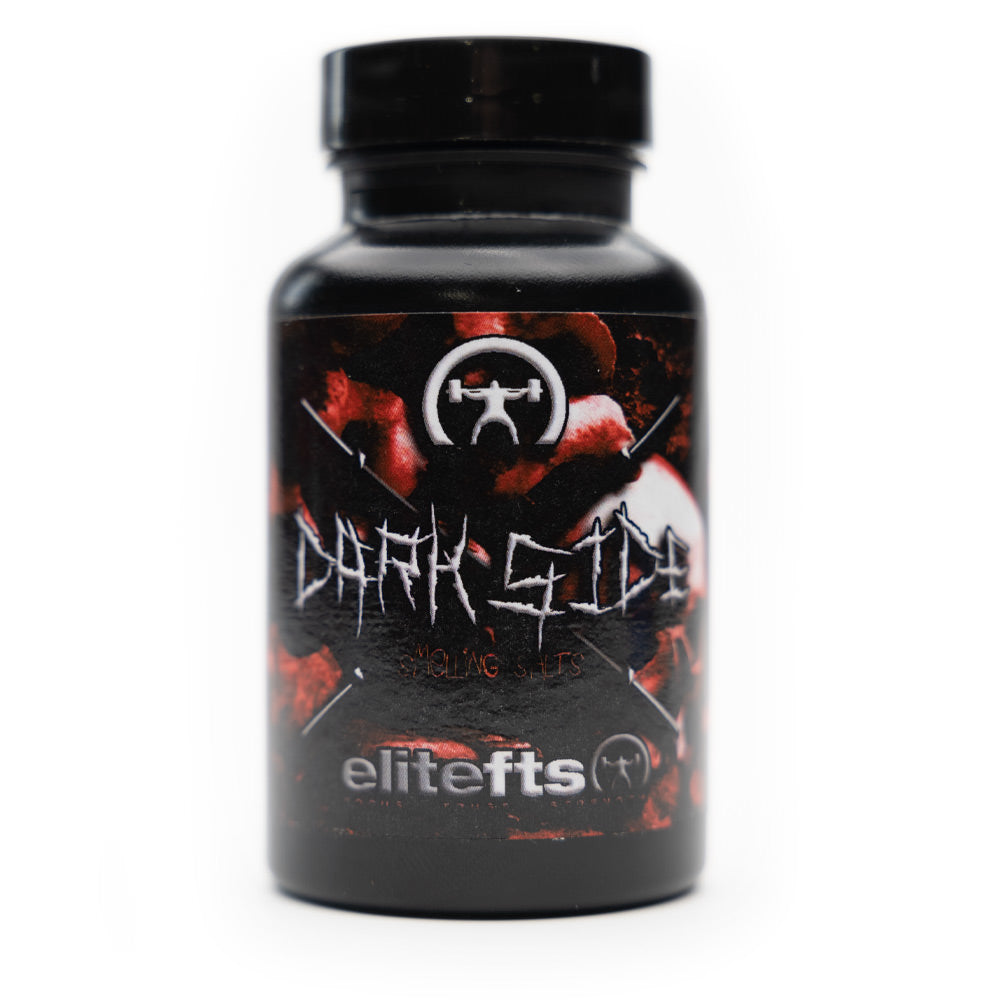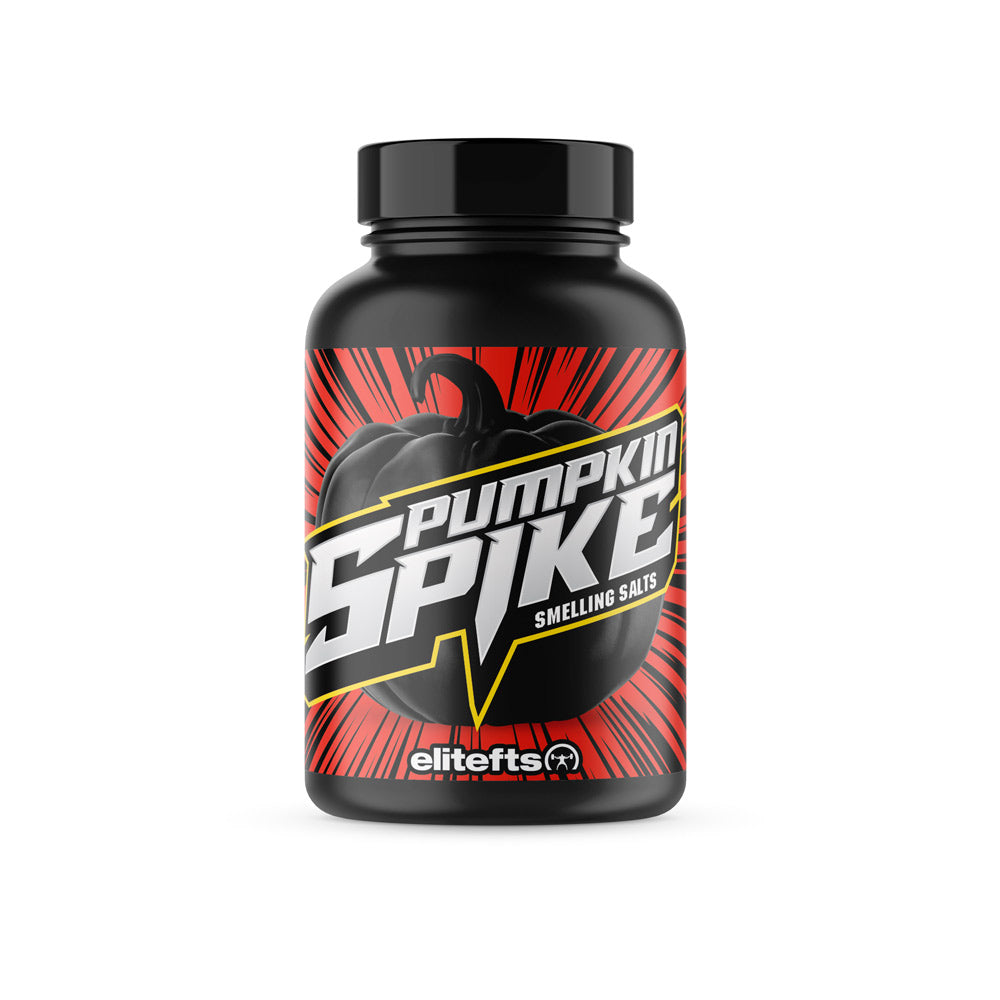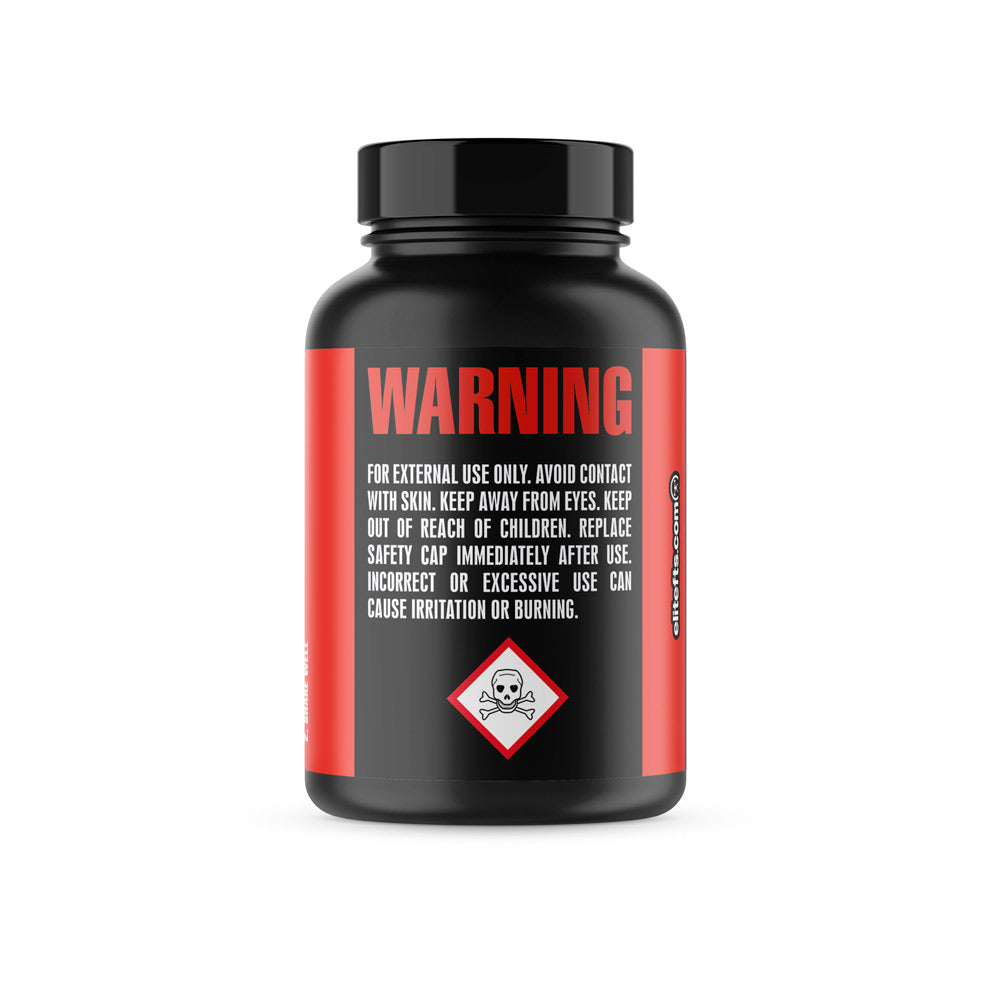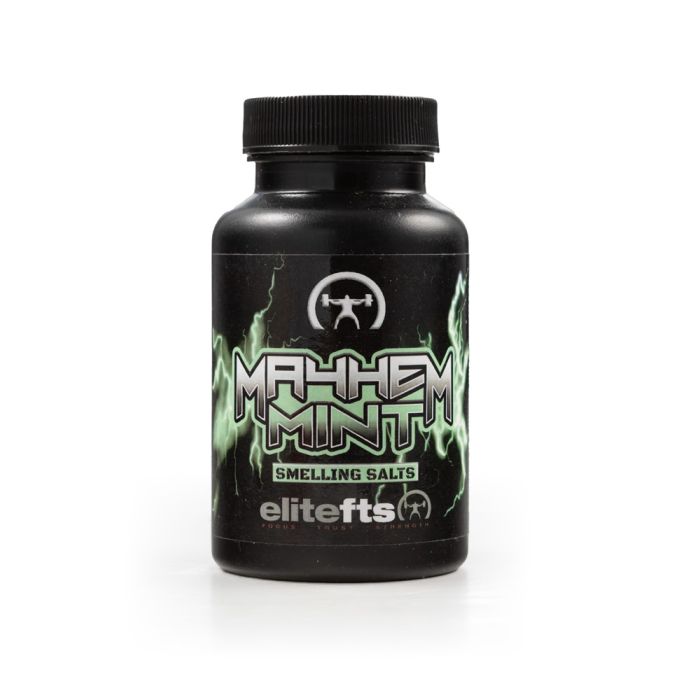Know Your Platform:
One of my first experiences in an international competition was the WPC Worlds in 2000: some 30+ countries and a week of amazing powerlifting with the always colorful and up-all-night Las Vegas, Nevada, as the backdrop of course. Pretty fantastic. One of the many differences between a local meet and a national- or international-level meet is the lifting surface. Typically, a local meet will have the squat stands or monolift on a few sheets of three-quarter-inch plywood. This is then tightly screwed together with a thick rubber mat on top of the wood, and then a slice of carpet lies on top of that mat. At the big meets, however, there is typically an actual platform that is (in addition to being elaborate) a foot to several feet off the floor. In turn, the platforms are usually made of wood and have some type of carpet on them. The plywood at a local meet is pretty much what we are accustomed to in a gym; however, the big meet platform can be a different story. So, a couple of things I have learned about these platforms:1. First, they have some give to them.
I have been on easily a dozen or so big platform stages, and all but a few of them had a little to a good deal of give to them. (And even a little give can mean a lot when you are squatting and pulling). As powerlifters, we wear Chucks, flat shoes, or powerlifting shoes with hard heels for a reason. When you push off your calcaneus, the energy you produce drives downward into the lifting surface. If that surface is hard, the energy goes straight back up, giving you drive off the lifting surface. If you are on a softer surface, the energy pushes that surface down, and once the surface stops compressing, the now compromised energy then goes up. It’s kind of like the difference between bouncing a tennis ball on a hard tennis court vs. bouncing a tennis ball on a squishy throw pillow. When I would find myself on a platform with either a little structural give or considerable give, I would lower my opener in order to feel how the platform would respond with some 900 pounds on it. (My 220 pounds plus 700+ pounds of bar weight). On these types of surfaces, the give can create issues for the lifter on his opener. I have seen it time and time again. Mostly the victims are first-time big meet lifters who open up a little too aggressively, or the guy shooting for a record and thus needs a big opener to reach his record number. But it basically comes down to being those lifters who do not check the surface prior to the meet.2. Second, when you are a couple of feet off the ground on a platform, the head judge is now much lower.
Remember, you need to compete how you train. The elevation from the platform can make the squatter look down toward the judge at the start of the lift, and more often than not, I have seen that lifter fall forward…and there goes the opener down the drain. Head goes up, weight goes up, head goes down, weight goes down.3. The third thing to ponder is the platform with regard to your knee wraps.
Here is what I mean. Sometimes there are stairs leading to the platform or a little ramp to walk up in order to get to the monolift or uprights. Either way, when you have yourelitefts™ Krait knee wrap on and you have a ramp or steps to go up, the closer you park your chair to the platform the better. Don’t walk, or more accurately don’t wattle, farther than you have to.
4. Lastly, in regards to the platform there are sometimes shallow three-quarter-inch gullies carved out for the deadlift plates.
The idea was safety—the barbell won’t roll off the stage and kill the head judge should a lifter drop the loaded barbell. Thus, this makes it so that it is like being on three-quarter-inch deficit board. Therefore, at one of these meets I lowered my opener on the deadlift, and that made all the difference. Why? Well, it wasn’t like pulling off a three-quarter-inch board…it was like pulling off a three-quarter-inch board after squatting and bench pressing at a stress-filled international meet where you paid an entry fee, bought your round-trip flight, and slapped down cash for a hotel room…and you are going 100 percent redline on third attempts. Thus, the three-quarter-inch groove where the plates laid was exponentially difficult to pull from. Oh, and if you are a bigger guy who rolls the weight out and then back toward your chins, sorry—that weight is staying right in those grooves.
*Garry Frank’s 3’ high, yet super sturdy APF Nationals platform. Photo by Monster Garage Gym photo vault.
Bottom line: Make a thorough check of the competition platform the day, or days, before a big meet. For me, those few adjustments made the difference between coming out on top or just staying in the mix. It really is not the strongest lifter who always wins, and if you can appropriately adapt to your meet conditions, that can make all the difference.Spin The Bar:
[caption id="attachment_67260" align="aligncenter" width="600"]
*Spring collars and plywood platform at the MONSTER GARAGE GYM. Photo by Bent Nail Photography[/caption]When we are deadlifting at the gym, we sometimes load the deadlift bar without collars and sometimes with those spring collars. We add more weight, slip on the collars, and lift the weight. This continues until the training session is done. At a local meet, you will see those same spring collars since they are great for quick weight changes. At the bigger meets, however, these old fashioned 2.2 KG butterfly screw collars (or something similar) is often used with the kilo plates. These are not quick-change collars, and when they are slipped on the barbell sleeve and tightened, they are very tight. When those collars are on nice and tight, take a moment and try to spin the barbell with your foot. If the barbell does not spin, put your foot on top of the inside plate on either side of the bar and give it a shove outward toward the collar. This will loosen the bar and allow it to rotate. If the bar does not easily spin and you then pull the weight off the platform, the plates will begin to rotate forward and the non-spinning bar will have no choice but to do the same. Thus, the bar with hundreds of pounds on it will rotate forward and it will come out of your hands. [caption id="attachment_67261" align="aligncenter" width="600"]

Make sure your deadlift bar spins before trying to pull the weight. Photo by Maroscher Powerlifting Team vault.[/caption]That is physics and that is a fact. If the bar can easily spin when on the ground, then once you pull the weight and the plates begin to spin, the bar will stay upright in your hands and the barbell sleeves will rotate like they are designed to. Non-spinning sleeves are like what you find on a fat bar—the barbell sleeves do not rotate. The loaders are going to give you a nice tight bar because they don’t want the plates to shift, but you also need a bar that can rotate. And getting the bar to rotate can be the difference between a big pull and the weight coming out of your hands. This is such a simple thing—a quick spin of the bar, but it has literally been the difference in making or missing a third attempt countless times. Do meets come down to the third pull? You know it. Spin the bar.
Measure Your Bar Height
At a meet, you can wait just about forever in a long line for the monolift in order to try to get an estimate of your bar height for the squat. You have seen that before—everyone standing in line, going one after another trying to estimate the height for the squat bar. This process takes a long time. Just do the math: a hundred squatters, each going up to the bar and placing the bar on their backs, taking a step out, getting into their stance... The reality is that a lifter can try to simulate where he thinks his stance is while dressed in sweats and flip flops...and under an empty, non-bending bar (not to mention without wearing hisMetal briefs, suit, knee wraps, etc.). I mean, I could take my place in that long line, or I could walk up to that monolift, pull out my tape measure, have 52 inches of metal tape showing (my bar distance from the floor), bring the bar to that level of the tape, and glance over at the pin hole. Done! Now I am off to warm up while the masses are in line for another 30 to 50 minutes. Think about this: even after their long 30 minutes, all they end up with is a best guess of where the bar should actually go—a mere approximation of that perfect bar setting that they have so successfully used at their gym for so very long. [caption id="attachment_67262" align="aligncenter" width="600"]

*Can one hole up or down really make a difference? When you are at 100% max squat with a personal record on the line, you can bet the bank it matters. And nothing is more costly than regret. Measure your bar height for the squat. You can do this on the bench press to, but from the pad to the uprights as not all benches are the same distance from the floor. Photo by Bent Nail Photography.[/caption]






